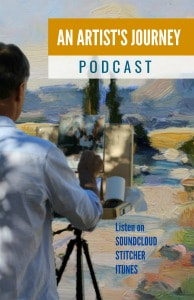|
Claude Monet, that great French impressionist, is famous for his light filled landscapes. His gardens, rivers filled with happy sailing scenes and of course his series paintings such as haystacks and Rouen Cathedral. Monet was fascinated by light and the ephemeral effects it had on the landscape. The air was alive to Monet and he suffered greatly to produce paintings depicting light and air.
For Monet elements like values were sometimes sacrificed for light filled scenes. If you are a values based artist you may suggest that the paintings were weak in structure. That would however miss the point. Certainly in a novice a lack of values could lead to weakness yet Monet was no ordinary artist. He exemplified impressionist theory and put this to practice in his paintings. Although Monet is not known for abstract painting it is clear that abstraction in landscape was not far off. Consider Monet's series of paintings on the Houses of Parliament in the early 1900's. Bathed in mist and light the buildings are soft edged silhouettes. Yes the buildings are still clearly discernable as such, but the subject was not material structures. The subject was light and the buildings have been reduced to flat shapes. Let's go forward a few years to Monet's later paintings which were almost all done in his garden and around his extensive pond. The waterlilly series moves from depictions that are evident as water lilies to renditions that could be mistaken for modern abstract paintings. Without intending it Monet had started something that would gain momentum with artists like Cezanne and then to the mastery of the abstract painting, Pablo Picasso. There is something here that representational landscape painters can consider too. Recently I wrote about getting out of the creative rut. Trying something new to re-energise. Why not look at your landscape scene and isolate the shapes. Reduce them to their basic shape and tweak the colours. What is the essence, for example, of long dry grass blowing in the wind. What about reflections in a pond or light filtering through leaves of a tree. Get up close, squint and note the shapes and also the values of light and dark. Could they be painted? How far into abstraction could you go? Would you feel comfortable doing this? Contemporary artists like Mitchell Albala paint landscapes with a bias to abstration. Perhaps expressionist would be more accurate. By selecting different colours and focusing in on the emotional content an ordinary landscape depicting a waterfall could be turned into a billowing spray of light and cloudlike wonder. You instictively know that there is an organic process at work which creates an experience for the viewer. More emotional involvement perhaps than merely a spectator. Give this a go sometime. I am sure that you will learn something new and release some pressure from having to produce a gallery piece in your regular style. You may just end up with a few new tricks to incorporate into your next landscape. |
AuthorMalcolm Dewey: Artist. Country: South Africa Archives
June 2024
Categories
All
FREE
|
|

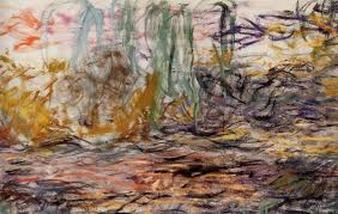
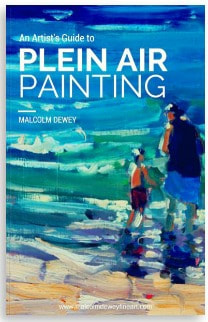
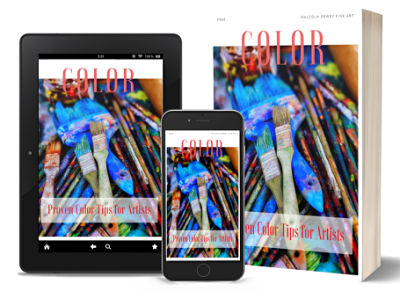

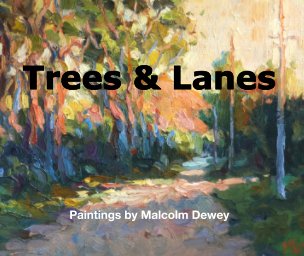





 RSS Feed
RSS Feed
